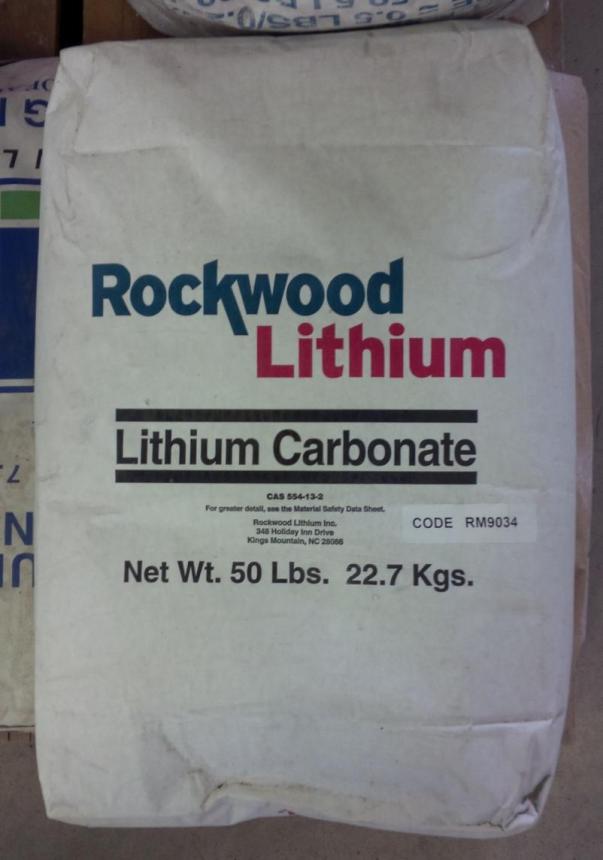

Similarly, let’s use the Chevy Bolt battery as our aspirational goal. If you’re read my article about embodied energy: We’ve already estimated that we need about 160-170 g lithium per kWh of useful EV battery capacity. To be conservative, let’s assume a loss of lithium to purification, giving us a nice round number of 200 g lithium/kWh, suitable for use in some Fermi-type order of magnitude estimates. Now let’s look at the abundance of these minerals, and their production capacity. Do we have enough, or is there a hard limit which makes EV mass adoption impossible?įirst off, don’t even look at the abundance of these metals in the Earth’s crust, as it has little to do with predicting the feasible supply or price of metals. Crustal abundance would predict that titanium, zirconium, tungsten, chromium and nickel should all be cheaper than copper…Obviously, there’s more involved than just how much of the stuff there is in the Earth’s crust. We know from Parts 1 and 2, that the key materials for lithium ion battery EV mass adoption are lithium and cobalt. The rest of the materials we’ve discounted as being of minor concern, primarily related only to the ultimate level of cost reduction that can be achieved as the “learning curve” for batteries carries forward into the future. Keep this site bookmarked and watch for the release of further videos on scientific literature reviews, recovery/healing interviews, and physician/scientist interviews.įind out more and keep up with TUA at any of the links below.Part 3: Lithium and Cobalt- Risky Materials The Universal Antidote Documentary was released free to the public on February 1, 2021.

The documentary explores the history, safety, and efficacy of the universal antidote and provides interviews with physicians and people who have used it. Since that time thousands have recovered from illness using this substance, and now many physicians and scientists are saying it is powerfully effective for many applications.

NASA proclaimed it a universal antidote in 1987. The science and story of Chlorine Dioxide.


 0 kommentar(er)
0 kommentar(er)
